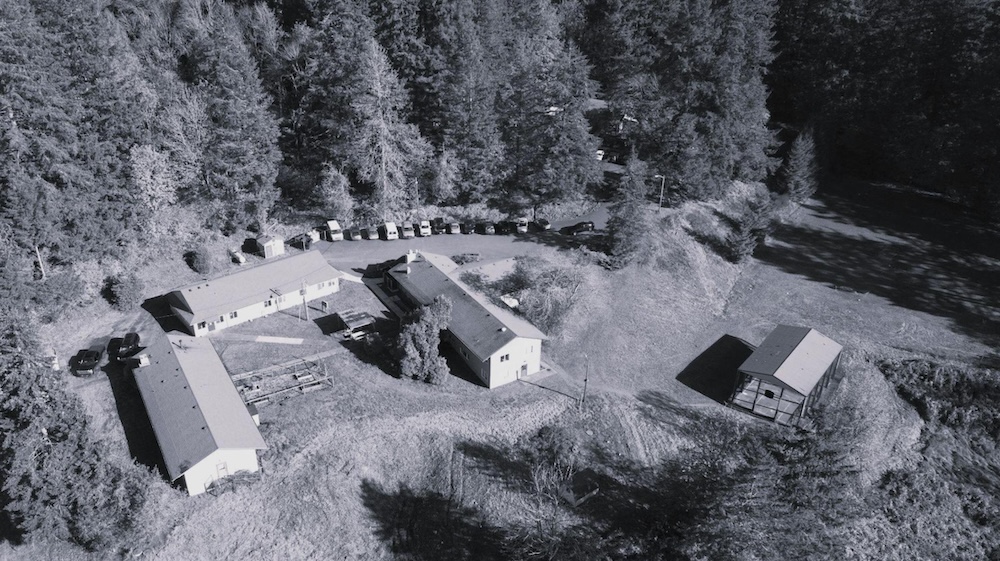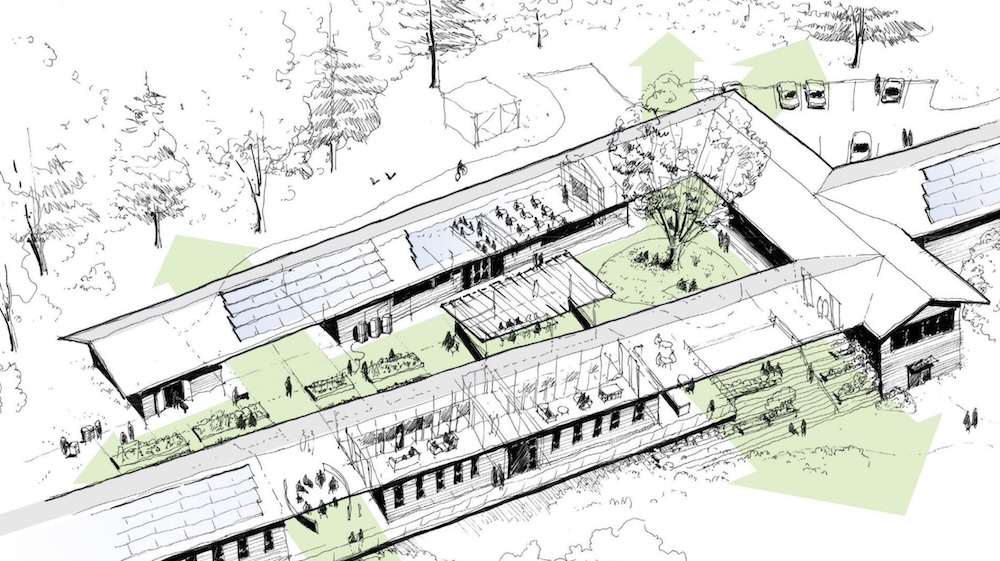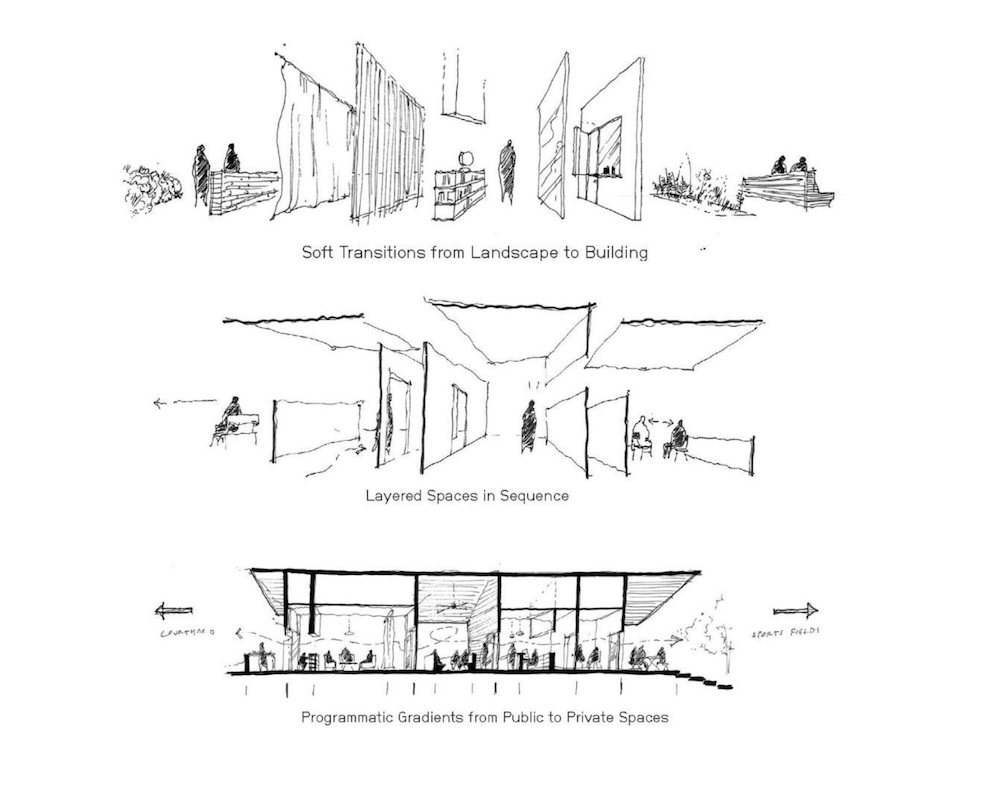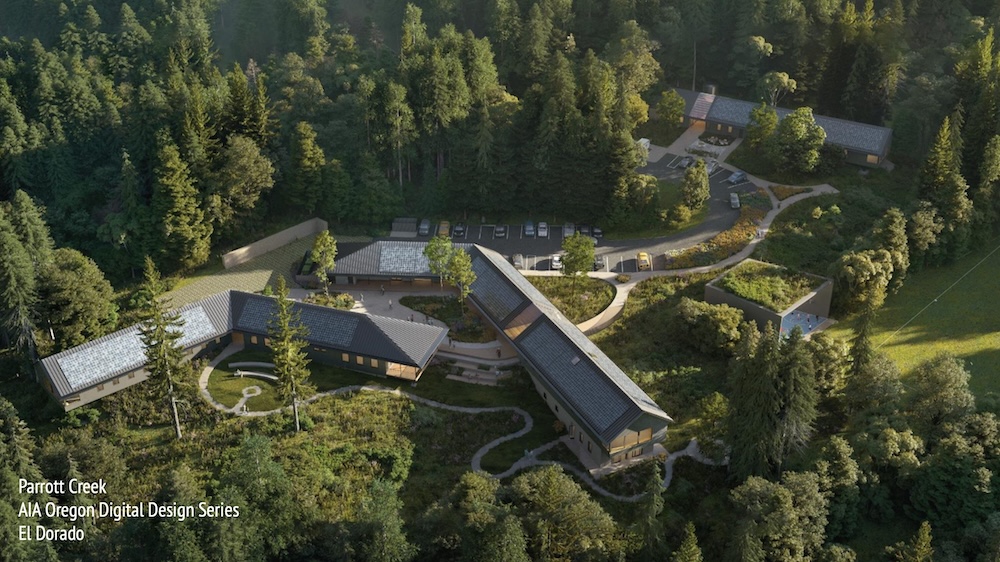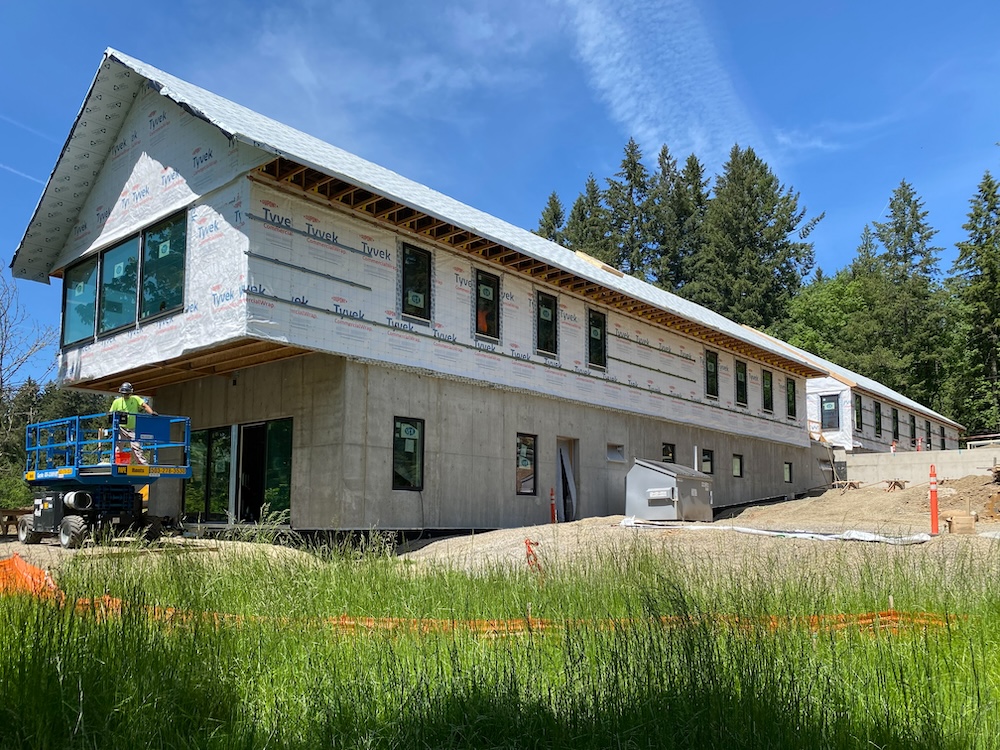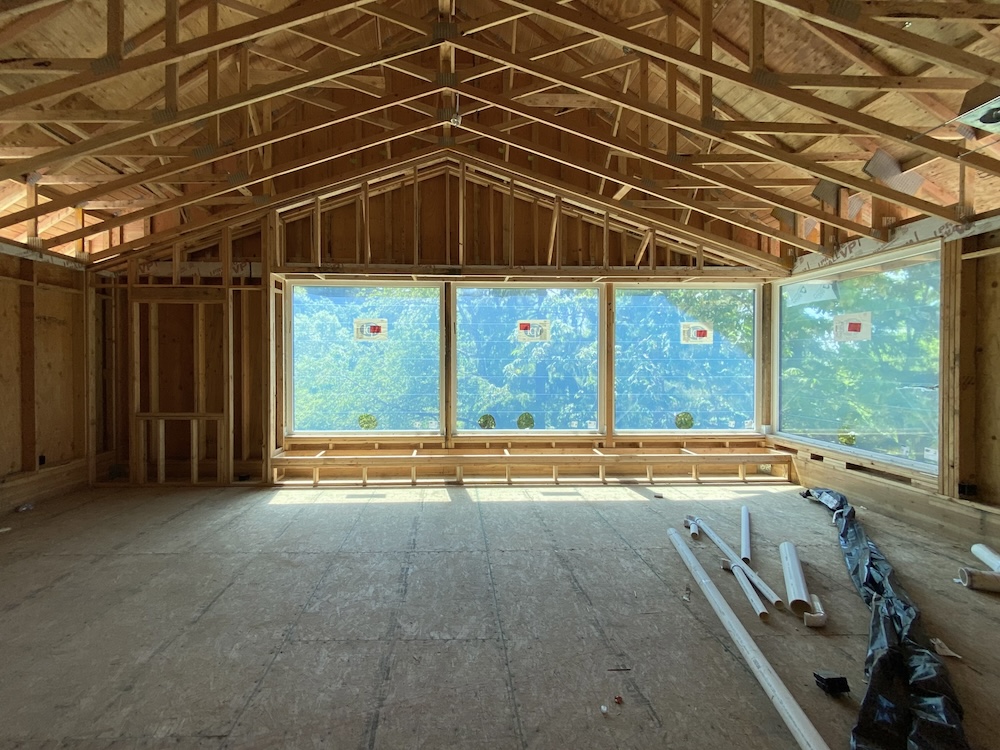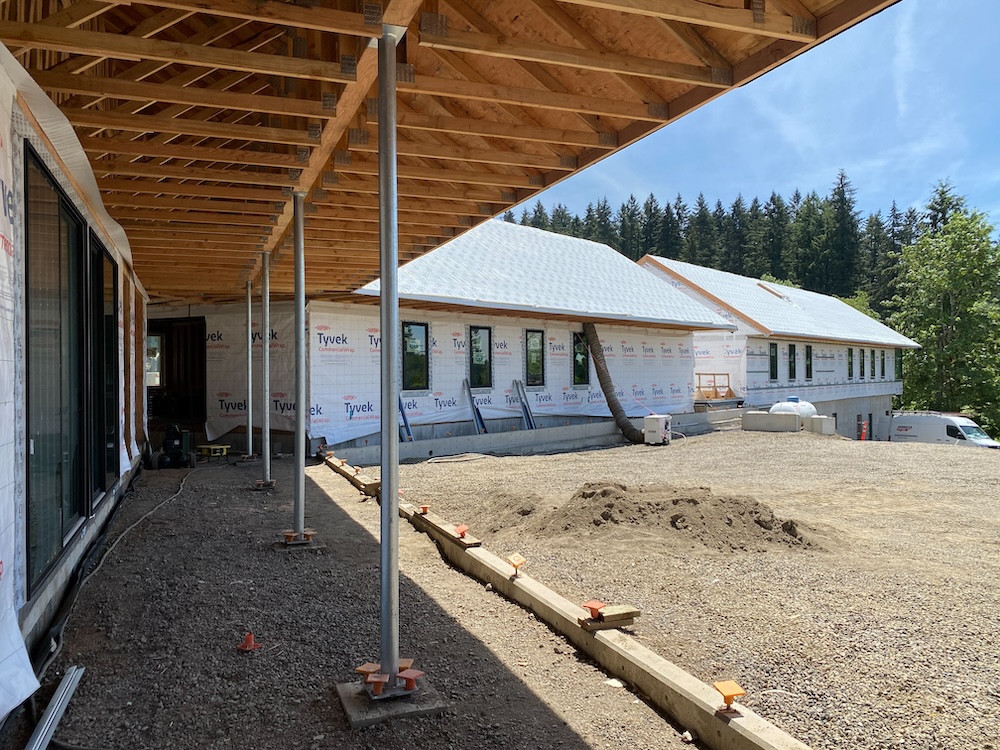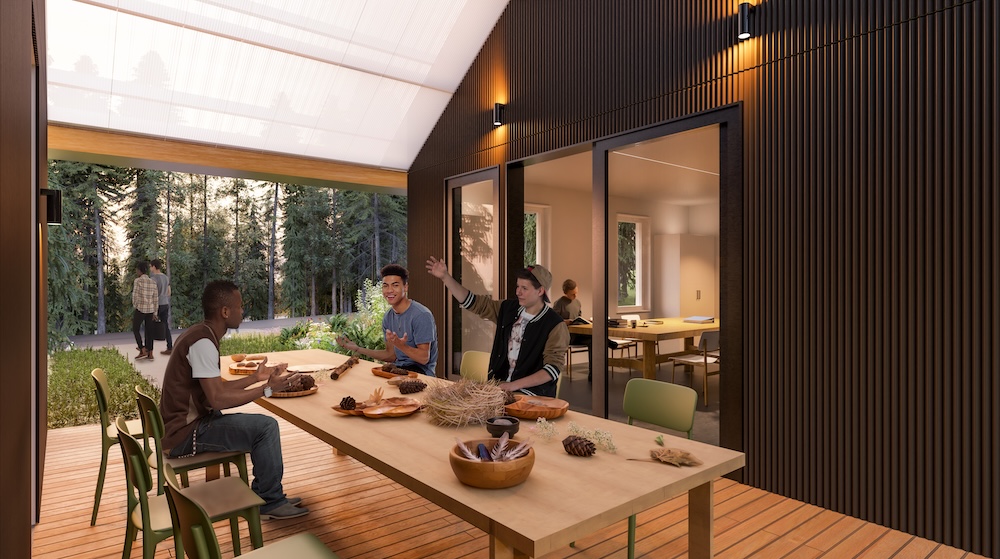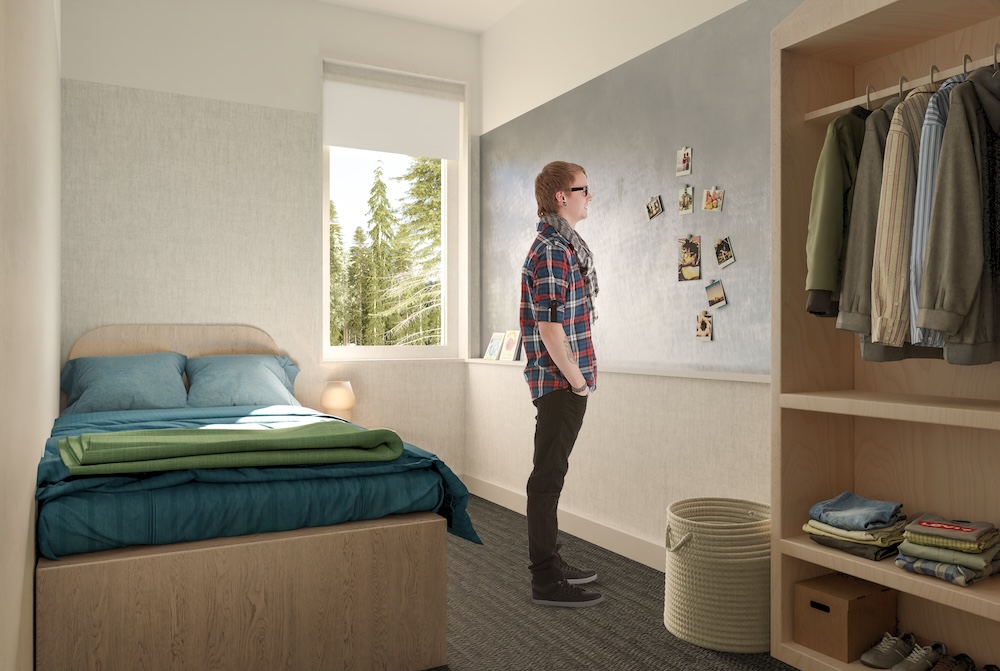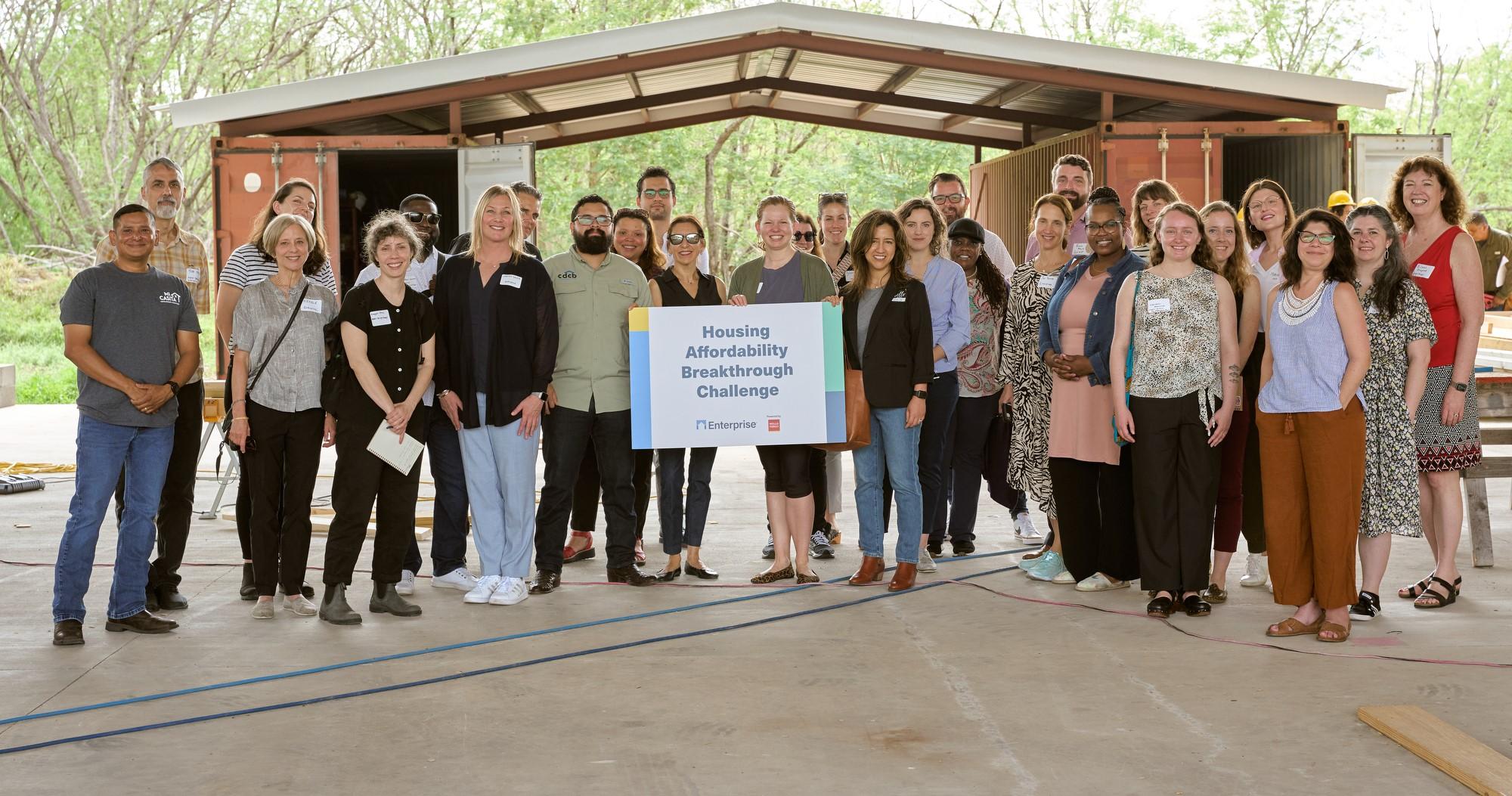El Dorado Architects is rethinking how young, traumatized teens can be helped to heal themselves.
Nature and architecture are at the heart of their solution.
The firm, with offices in Kansas City and Portland, has redesigned a pilot facility for Parrott Child and Family Services on 80 acres of land in rural Oregon.
It’s a non-profit organization that’s been around for 50 years. Working with state and federal governments, its focus is on trauma-informed care through a healing lens.
Its former facility, thankfully now a tear-down, wasn’t much more than a series of windowless, concrete-block walls, housing four teens to a room. Hope came at a premium to those inside.
“They’ve committed an offense and have ADHD, depression, anxiety and trauma with violence, addiction or abuse,” says Elisandra Garcia, El Dorado’s designer and educator-advocate. “With trauma they feel they have nothing to lose, and no hope and are into drugs and alcohol – and this is an alternative to a juvenile detention center.”
Where there were only 12 to 16 beds before, El Dorado’s design brings it up to 40. And the facility is evolving from criminal justice to mental health treatment for youth.
That’s where nature and design enter the experience. “When a kid comes in how does the architecture embrace the child?” Garcia asks?
The new complex offers long cabins with plenty of porches – actually, a porch system that connects every building to the surrounding landscape, including a meadow and creek. And it offers them options outside and inside.
“They’re protected from Oregon rain all the time, and that allows kids to choose to connect to nature, other kids or themselves,” she says. “They’re made to feel comfortable, and have a choice of spaces.”
The architects considered individual privacy, along with a threshold of more communal spaces. Teens can retreat, be alone, run away or commune with others. “We thought about how they were going to feel when they walk out of their room or the bathroom,” she says.
There are now classrooms, and also space for visiting families, including a communal kitchen. “it’s about how to normalize interaction with the family,” she says. “They warm up and share with other kids and feel like they’re being at home – it’s homey, not an institution.”
Behind it all is the idea of taking care of these teens and healing them, rather putting them in jail at a young age.
The new Parrott Child and Family Services Center is slated for completion in June of 2025.
For more, go here.


